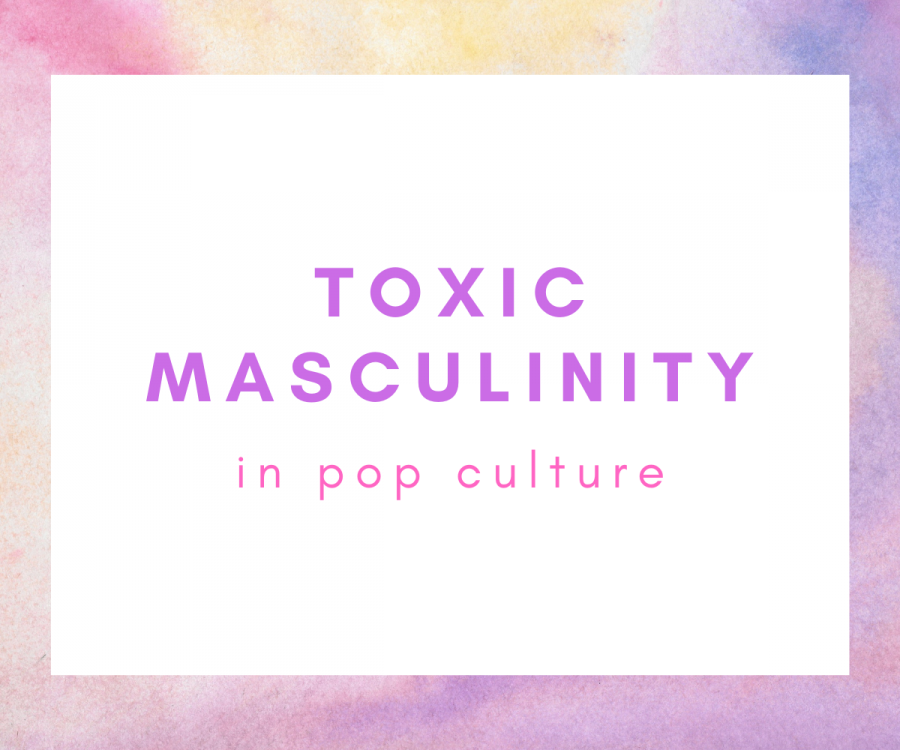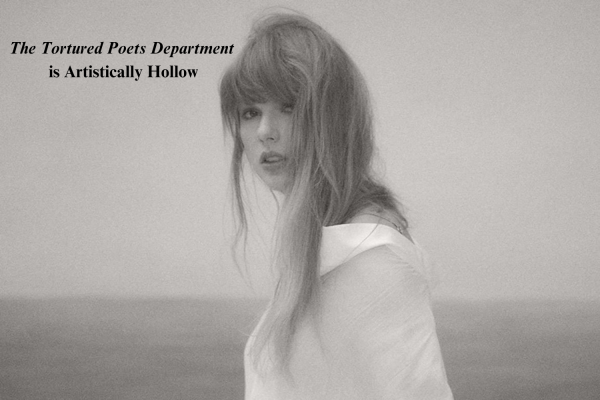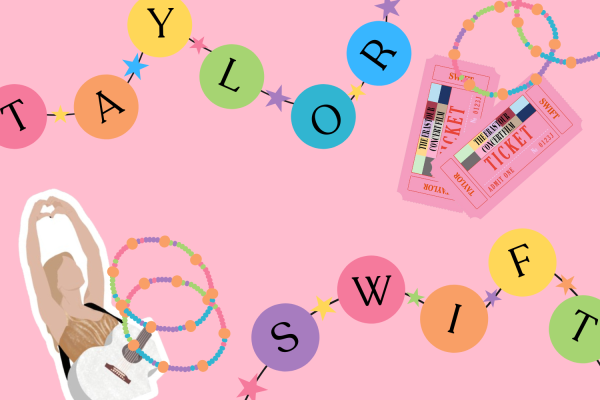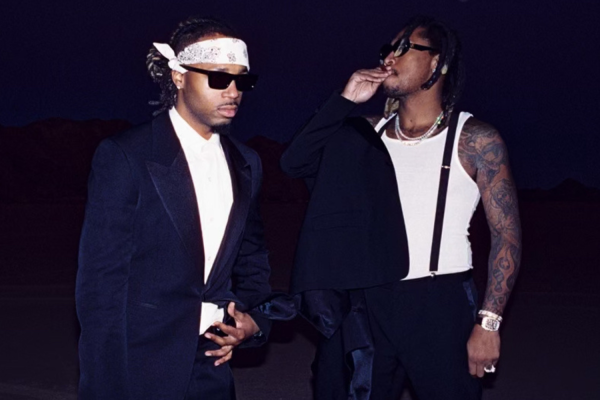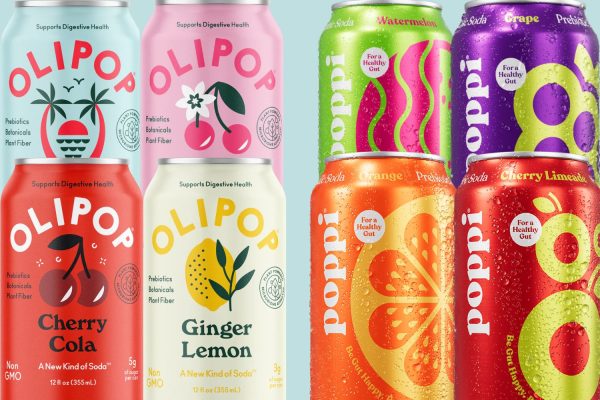Toxic Masculinity In Pop Culture
Toxic masculinity can be found in many facets of pop culture—some examples include fashion, music, and social media. Progress has been made in the direction of acceptance, and people have become more comfortable showing sides of themselves they’ve felt the need to hide in the past.
Toxic masculinity is all around us. Toy aisles that are separated by gender, young boys being taught to act tough and refrain from showing emotion and men being expected to dress a certain way are all examples of gender stereotypes that can prevent boys and men from exploring their interests. Toxic masculinity can also be found in pop culture – in TikTok trends, well known celebrities being bashed online for dressing more “feminine,” and music lyrics that perpetuate harmful stereotypes.
This is extremely harmful to the self-confidence and mental health of many boys. Accepting that not all men will act a certain way is something that must happen societally, and it appears that we’re headed in the right direction. To continue this progress, it is important to recognize the obstacles that are currently standing in the way of acceptance.
One example of a celebrity who tried to defy gender stereotypes and received both backlash and support is Harry Styles. Styles often wears goes against gender norms by wearing clothing like dresses and skirts. He was pictured on the cover of Vogue magazine wearing a flowing gown with a blazer, showing the duality of his identity.
This prompted many people to voice their opinions on gender norms. Some supported Styles’ choice and applauded him for his boldness. Others, like conservative author and commentator Candace Owens, took to social media to criticize his attire, and say that men should not be allowed to dress this way. In her tweet she said, “bring back manly men.”
This type of view on manhood and masculinity is hugely problematic. People are free to dress and express themselves in any way they want, whether that be fashion, makeup or hair styles. The way that someone looks shouldn’t dictate the respect they deserve.
There is no one “right” and “wrong” way to dress. People can wear whatever they want. In the early days of America, women wearing pants was extremely scandalous, and now it’s completely accepted by most members of society. Why, then, is wearing dresses any different? If men feel comfortable wearing them, then they should be able to do that without being judged and called “unmanly.”
TikTok has also brought both progressive and problematic trends to the internet having to do with toxic masculinity. The platform has encouraged many men to start wearing makeup like eyeliner and to paint their nails. This blends and sort of erases gender norms in a way. While most people who have painted their nails in the past have been women, it is becoming less of a gender issue, and more of something that anyone can do without judgement.
In this way, TikTok has helped boys to feel that they can express themselves in new ways without thinking about whether it’s “manly” or not. At the same time, other TikTok users have shared videos that perpetuate the same stereotypes that these boys are trying to combat.
One trend has begun in which users show a picture of a man with his nails painted, wearing makeup, or wearing skirts/dresses, then sing a song that says, “Yeah I bet your daddy’s real proud, of how his little girl turned out.”
This is to directly criticize those who are trying to change the way society views femininity and masculinity. Knowing that your expression of identity will cause others to look down and make fun of you can prevent some boys from exploring different things.
Another thing that can exemplify gender stereotypes is music. Hip-hop has long been used to enforce toxic masculinity. Artists have felt the need to reject vulnerability and show themselves as overtly strong and manly for decades.
Most hip-hop artists in the past have showed their “masculinity” by having large muscles and appearing very strong. Their music often contains themes of violence and sex with women (often using derogatory language) to appeal to straight male audiences.
Many artists, including Kanye West and Lil Wayne use homophobic slurs in their music. But recently, this has been changing. Openly queer artists discuss their sexuality and gender identity in their lyrics, in ways that wouldn’t have been acceptable in the past.
Artists like BROCKHAMPTON’s Kevin Abstract write about their identity and try to normalize being different than societal standards.
We are moving in the right direction. As time goes on, society as a whole becomes more accepting. There will always be individuals who have toxic ideas about masculinity and femininity, but moving forward, more and more people will lose their fears of being judged for expressing themselves.



